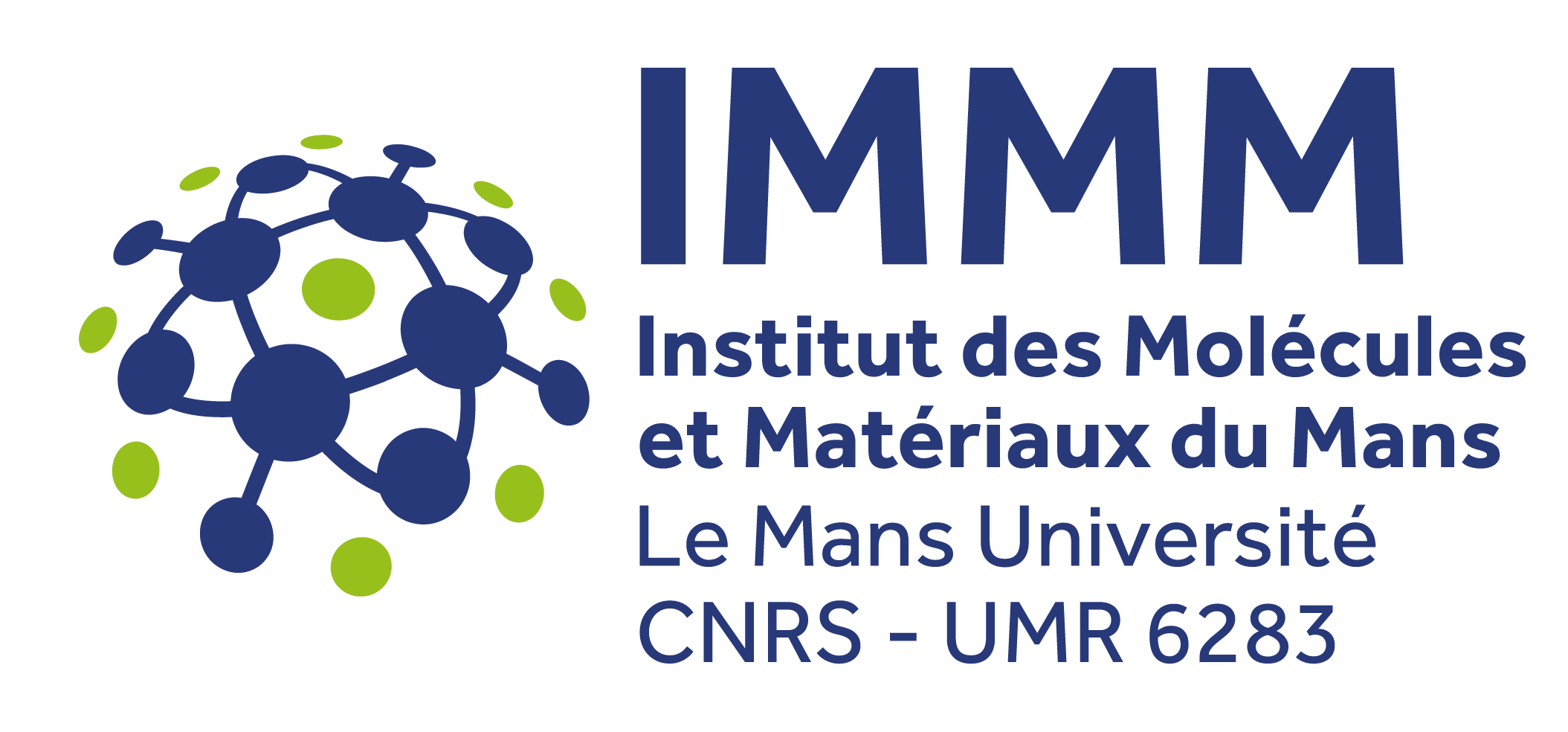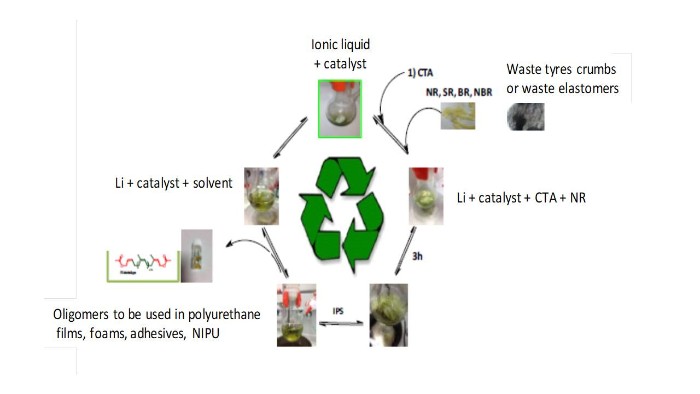Environmental fate

Environmental fate
.
Source and fate of microplastics in the aquatic environment
The ubiquitous presence and persistency of microplastics (MP) in aquatic environments are of particular concern since they constitute a potential threat to marine organisms and ecosystems. The objectives of our work are i) to detect and quantify MP in environmental samples (waters, sediment, biota); ii) to understand the patterns and the kinetics of polymer degradation in the aquatic environment and iii) to design model micro and nanoplastics in order to study their fate and interaction with aquatic life.
Researchers
- Fabienne Lagarde
- Nicolas Delorme
- Nicolas Errien
- Guillaume Brotons
- Philippe Daniel
- Christophe Chassenieux
- Taco Nicolaï
Related papers
- N. Phuong; L. Poirier; F. Lagarde; A. Kamari; A. Zalouk-Vergnoux (2018), Abundance and characteristics of microplastics in Atlantic coastal sediments, Environmental Pollution, 243(Pt A), DOI: 10.1016/j.envpol.2018.08.0322018.
- Paul-pont et al. (incl. G. Brotons, F. Lagarde) (2018), constraints and priorities for conducting experimental exposures of marine organisms to microplastics, frontiers in marine science 5, DOI: 10.3389/fmars.2018.00252.
- N. Phuong; L. Poirier; Q. T. Pham; F. Lagarde; A. Zalouk-Vergnoux (2018), Factors influencing the microplastic contamination of bivalves from the French Atlantic coast: Location, season and/or mode of life? Marine Pollution Bulletin, 129(2), 664-674, https://doi.org/10.1016/j.marpolbul.2017.10.054.
- N. Phuong; A. Zalouk-Vergnoux; A. Kamari; C. Mouneyrac; F. Amiard; L. Poirier; F. Lagarde (2017), Microplastics in blue mussels (Mytilus edulis) of the French Atlantic coast: protocol set-up and preliminary data on the contamination, Environmental Science and Pollution Research, DOI: 10.1007/s11356-017-8862-3.
- Lagarde, O. Olivier, M. Zanella, P. Daniel, S. Hiard, A. Caruso (2016), Microplastic interactions with freshwater microalgae: Hetero-aggregation and changes in plastic density appear strongly dependent on polymer type, Environmental Pollution, 215, Pages 331–339.
- N. Phuong, A. Zalouk-Vergnoux, L. Poirier, A. Kamari, A. Châtel, C. Mouneyrac, F. Lagarde (2016), Is there any consistency between the microplastics found in the field and those used in laboratory experiments?, Environmental Pollution, 211, Pages 111–123.
- Mouneyrac, F. Lagarde, A. Châtel, F.R. Khan, K. Syberg, A. Palmqvist (2017), The Role of Laboratory Experiments in the Validation of Field Data, Comprehensive Analytical Chemistry, vol. 75, chap 7, Elsevier, ISSN 0166-526X, http://dx.doi.org/10.1016/bs.coac.2016.10.005.
-
Baztan, et al. (incl. F. Lagarde) (2017), Breaking Down the Plastic Age, In Fate and Impact of Microplastics in Marine Ecosystems, Elsevier, Pages 177-181, ISBN 9780128122716, http://dx.doi.org/10.1016/B978-0-12-812271-6.00170-8.
Projects
Green recycling of unsatured elastomersFrom waste tyres to smart polyurethanes
Smart polyurethanes were developed from various well defined heterofunctional oligomers obtained through a highly controlled oxidative or methatetic cleavage of unsaturated high molecular weight rubbers. These two methodologies applicable from either natural source or waste rubber materials allow the access to new materials (antibacterial coatings, flame retardant foams, ionogels,etc…)
Researchers
- Pamela Pasetto
- Jean-François Pilard
Related papers
- JF Pilard, A. Nourry, K.V.B. Nesan, US Patent 2018, 15/745,628.
- Mouawia, A. Nourry, A.-C. Gaumont, J.-F. Pilard, I. Dez, “Controlled Metathetic Depolymerization of Natural Rubber in Ionic Liquids: From Waste Tires to Telechelic Polyisoprene Oligomers”, ACS Sustainable Chem. Eng. 2017, 5, 696−700.
- Rattanapan, P.Pasetto, J.-F. Pilard, V. Tanrattanakul, “Polyurethane foams from oligomers derived from waste tire crumbs and polycaprolactone diols”, Journal of Applied Polymer Science, 2016, 133, 44251 (1-10).
- K. N. Tran, G. Colomines, E. Leroy, A. Nourry, J-F Pilard, R. Deterre, “Rubber-based acrylate resins: an alternative for tire recycling and carbon neutral thermoset materials design”, J Journal of Applied Polymer Science, 2016, 133, 43548.
- K. N.Tran, J.-F. Pilard, P. Pasetto, “Recycling Waste Tires: Generation of Functional Oligomers and Description of Their Use in the Synthesis of Polyurethane Foams”, Journal of Applied Polymer Science, 2015, 132(1) 41326.
- Mouawia, A. Nourry, A.-C. Gaumont, J.-F. Pilard, I. Dez “Valorisation des déchets élastomères: du déchet pneumatique au polymère fonctionnel ”, Actualité Chimique, 2014, 390, 88-89.
- Sadaka, I. Campistron, A. Laguerre, J-F Pilard, “Telechelic oligomers obtained by metathetic degradation of both polyisoprene and styrene–butadiene rubbers. Applications for recycling waste tyre rubber”, Polymer Degradation and Stability, 2013, 98(3), 736-742.









